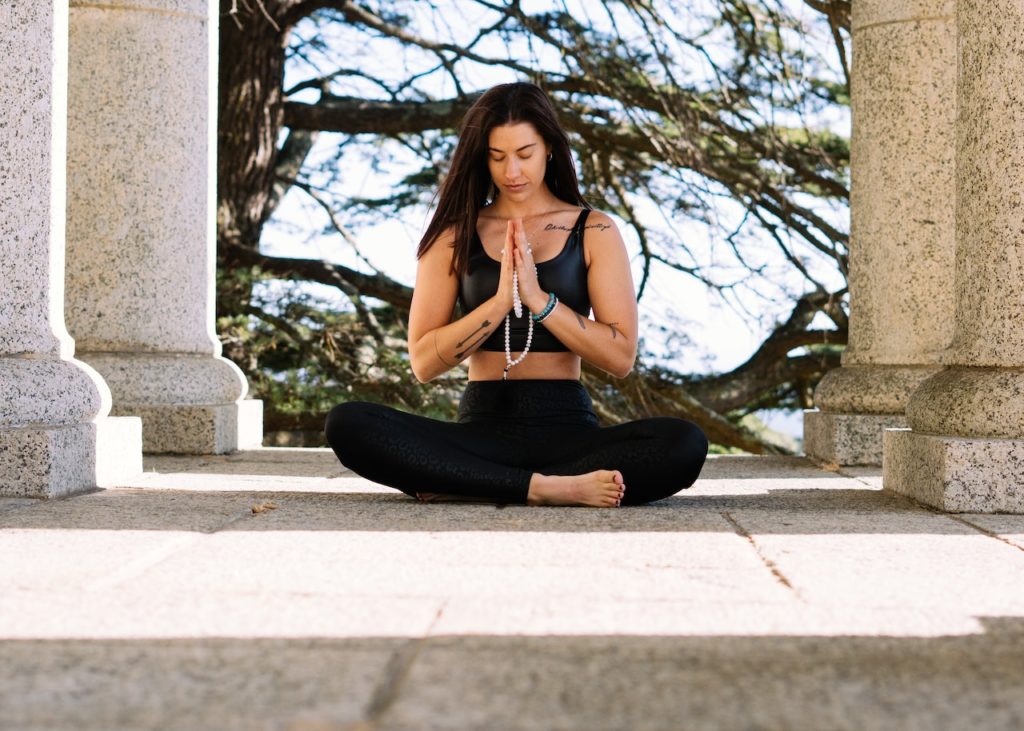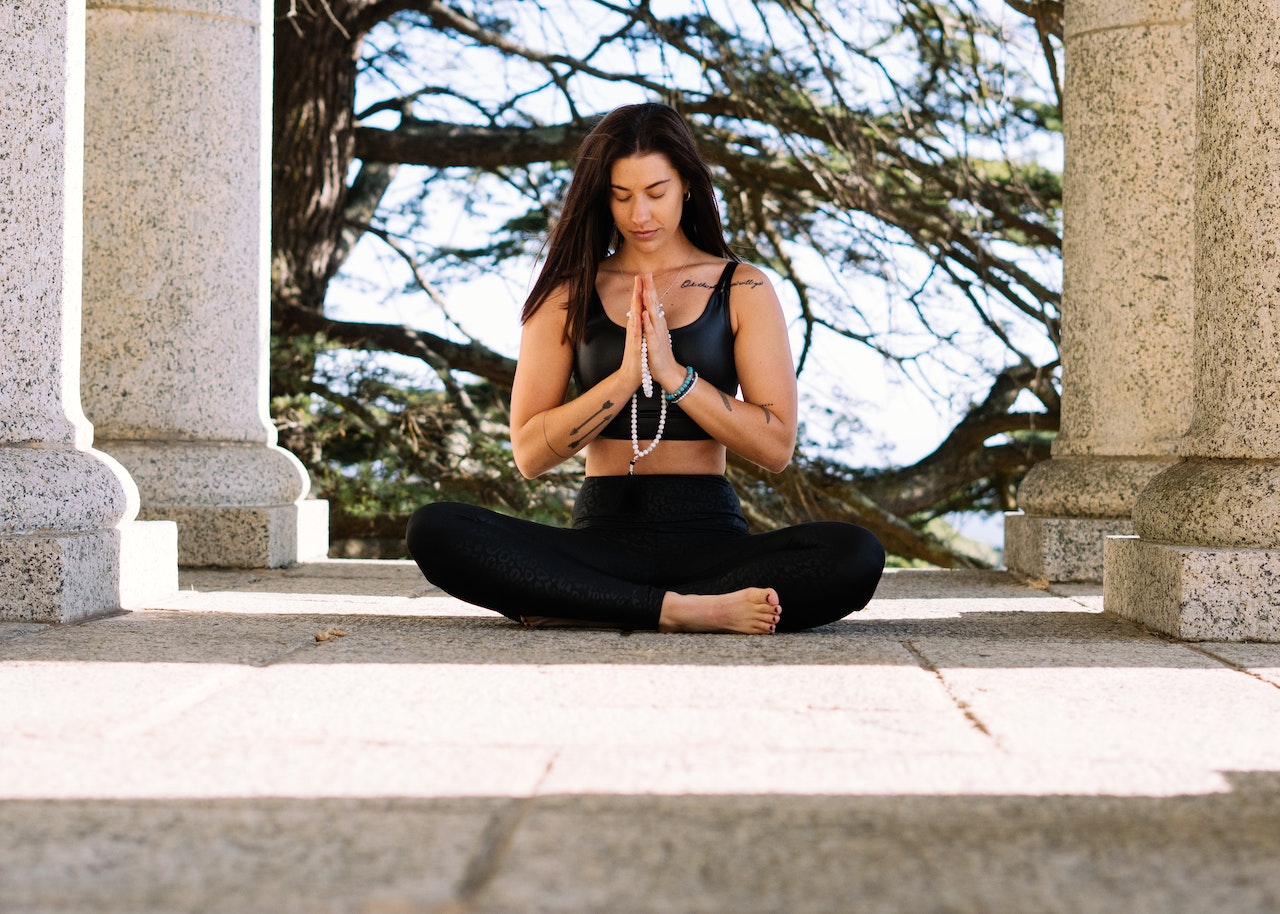- Introduction
- The Ancient Roots of Mindfulness: A Journey Through Time
- Unraveling the Science
- Benefits That Transform Lives
- Simple Mindfulness Exercises
- The Path Forward: A Conclusion
- Take Action Today

Introduction
In an age where our lives are fraught with endless to-do lists, mounting pressures, and the unrelenting buzz of technology, the search for tranquility and mental clarity has never been more critical. Amidst the clamor for solutions, mindfulness has emerged as a beacon of hope. This ancient practice, with its roots steeped in the profound philosophies of the East, has taken the world by storm. It seems that everywhere you turn, there is a new book, app, or class dedicated to mindfulness. But what is it that makes mindfulness so captivating? Is it merely another fleeting trend, or does it hold the keys to inner peace that so many of us desperately seek?
In a world of skepticism and the pursuit of evidence-based approaches, it’s vital to look beyond the surface. This article aims to do just that – delve into the captivating world of mindfulness. Through an exploration of its ancient roots, an investigation into the burgeoning science that supports it, an overview of the cornucopia of benefits it bestows, and a gentle introduction to practical exercises, this article is your guide to embracing mindfulness. Whether you are a curious newcomer, a skeptic, or someone already walking the path of mindfulness, this comprehensive guide aims to enrich your understanding and inspire you to take the next steps in your journey of self-awareness and serenity.
The Ancient Roots of Mindfulness: A Journey Through Time
When we hear the term ‘mindfulness’ in today’s bustling, modern society, it is easy to think of it as a relatively new concept or technique. However, mindfulness, though a buzzword in recent years, is far from a modern invention. Its rich tapestry can be traced back over 2500 years, with its roots deeply embedded in ancient Buddhist meditation practices.
The Buddist Origins
In Buddhism, the term used for mindfulness is “Sati,” which roughly translates to awareness or presence of mind. For Buddhist practitioners, mindfulness was not just a casual practice but was considered an essential component of the Noble Eightfold Path – the guiding principles for anyone seeking liberation from suffering and the realization of enlightenment. Mindfulness, in this context, involved being fully present and attentive to thoughts, emotions, and experiences, without judgment or attachment.
In ancient times, Buddhist monks and nuns incorporated mindfulness in their daily routines and meditation practices. They used it to cultivate greater awareness of their internal world and to develop insight into the nature of existence. Monks engaged in Vipassana meditation, which was based on cultivating deep levels of mindfulness, with the goal of attaining a profound understanding of reality.
The Expansion Beyond Buddhism
As centuries passed, mindfulness began to permeate through different cultures and religions. In the 20th century, its appeal started to spread more prominently in the West. This was partly due to the efforts of individuals such as Thich Nhat Hanh, a Vietnamese Zen Buddhist monk, and Jon Kabat-Zinn, an American professor emeritus.
Jon Kabat-Zinn, often considered the father of modern mindfulness, was instrumental in bringing mindfulness to the masses. In the late 1970s, he developed the Mindfulness-Based Stress Reduction (MBSR) program at the University of Massachusetts Medical School. MBSR was designed as an eight-week course to help people manage stress and deal with chronic pain. Kabat-Zinn’s work was significant because it detached mindfulness from its religious roots, making it more accessible and appealing to a broader audience.
Mindfulness in Contemporary Society
Today, mindfulness has transcended religious boundaries and has been adopted by people of diverse backgrounds. It has found its way into various fields including healthcare, education, corporate settings, and even the military. It’s being utilized as a tool for mental well-being, focus, emotional intelligence, and general quality of life. The numerous apps, books, courses, and workshops available today bear testimony to the universal appeal that mindfulness has garnered over the years.
As we look back at the ancient roots of mindfulness, it’s incredible to see how this timeless wisdom, which began as a spiritual practice in the East, has evolved into a global movement that continues to change lives for the better. The essence of mindfulness, being present and aware, is something that resonates deeply with human nature, and its relevance seems only to grow with time.
Unraveling the Science
The science behind mindfulness is growing and revealing just how potent this practice can be. Brain imaging studies have shown that mindfulness meditation can change the structure of the brain. Regular practice has been linked to increased gray matter density in areas associated with memory, stress regulation, empathy, and sense of self.
Furthermore, mindfulness lowers the levels of cortisol, the stress hormone, and reduces inflammation, which has been linked to a plethora of health issues.
Benefits That Transform Lives
Enhances Mental Well-being
Through the cultivation of awareness and presence, mindfulness helps to reduce anxiety, depression, and symptoms of stress. By staying in the present, one is less likely to ruminate over past events or worry about the future.
Boosts Cognitive Functions
Regular mindfulness practice can sharpen concentration and improve memory. It has been shown to enhance cognitive flexibility, enabling better problem-solving and creative thinking.
Fosters Emotional Regulation
Mindfulness can help in recognizing and managing emotions more effectively. Being aware of emotions without reacting impulsively can lead to better decision-making and healthier relationships.
Supports Physical Health
Mindfulness has been linked to lowering blood pressure, boosting the immune system, and even helping with chronic pain management.

Simple Mindfulness Exercises
Mindful Breathing
Sit comfortably and focus on your breath. Pay attention to the sensation of the air as it enters and leaves your nostrils or the rise and fall of your chest or abdomen.
The Five Senses Exercise
Take a moment to notice five things you can see, four things you can touch, three things you can hear, two things you can smell, and one thing you can taste.
Mindful Eating
Eat a meal or snack slowly, savoring each bite. Pay attention to the textures, flavors, and smells.
Loving-Kindness Meditation
Repeat phrases like “May I be happy. May I be well. May I be safe. May I be peaceful and at ease,” and then wish the same for others.
Mindful Walking
Choose a safe and peaceful area for a walk. As you walk, pay close attention to the sensation of your feet touching the ground, the rhythm of your breath, and the feeling of the air against your skin.
Body Scan
Lie down in a comfortable position. Starting from your toes, gradually shift your attention through different parts of your body up to the top of your head. Notice the sensations, tensions, or relaxations in each area.
Mindful Listening
Sit quietly and simply listen to the sounds around you. Don’t try to identify or judge the sounds, just listen and let them wash over you. This can also be done with music, focusing fully on the experience of listening.
Gratitude Journal
Take a few minutes each day to write down three things you are grateful for. This practice shifts your focus to positive aspects of your life, which is an element of mindfulness.
Mindful Observation
Choose an object such as a flower, a piece of fruit, or even a picture. Spend five minutes observing it in detail – its colors, textures, and any other characteristics.
The STOP Method
STOP stands for: Stop, Take a breath, Observe, and Proceed. This exercise can be done anytime throughout the day, especially in times of stress. It involves taking a moment to pause, breathe, observe your feelings and thoughts, and then proceed.
Compassionate Breathing
As you breathe, imagine inhaling peace and calm, and exhaling stress and negativity. Picture each inhale bringing in positive energy and each exhale removing the negative.
Mindful Coloring or Drawing
Engage in coloring or drawing, paying full attention to the colors, shapes, and sensations of the activity. There are specially designed mindfulness coloring books available, but any creative drawing or coloring can work.
Sensory Experience
Using a simple object like a raisin, spend a few minutes experiencing it with all your senses. Look at it, touch it, smell it, taste it, and listen to any sound it makes when you touch it.
Mindful Stretching or Yoga
Engage in slow, deliberate stretching or yoga, paying attention to how your muscles and body feel with each movement.
These exercises offer a variety of ways to practice mindfulness and can be incorporated into your daily routine. Remember, mindfulness is not about perfection but about becoming more present and aware in your everyday life. Choose the exercises that resonate with you and make them a part of your journey towards a more mindful existence.

The Path Forward: A Conclusion
Mindfulness is more than just a trend – it’s a time-tested practice backed by science, capable of transforming our mental, emotional, and physical well-being. By integrating mindfulness exercises into our daily routines, we unlock the doors to a more focused, compassionate, and enriched life.
Take Action Today
Embark on this journey of self-discovery and tranquility. Begin with just five minutes of mindfulness practice a day and gradually build up. Share your experience with loved ones and build a community that flourishes on mindfulness.
Remember, the first step towards a fulfilling and serene life begins with a single mindful breath. Take that breath today.

